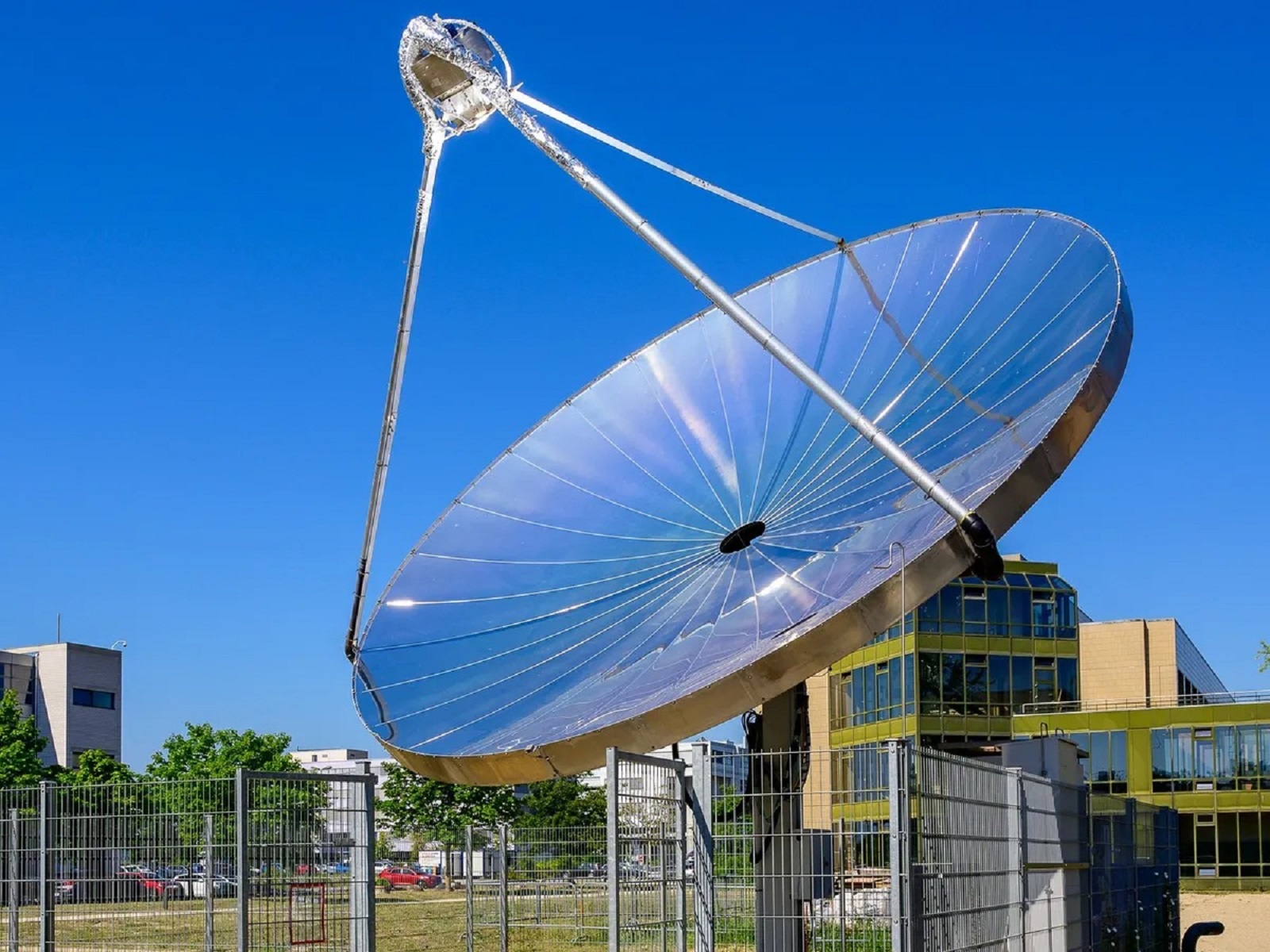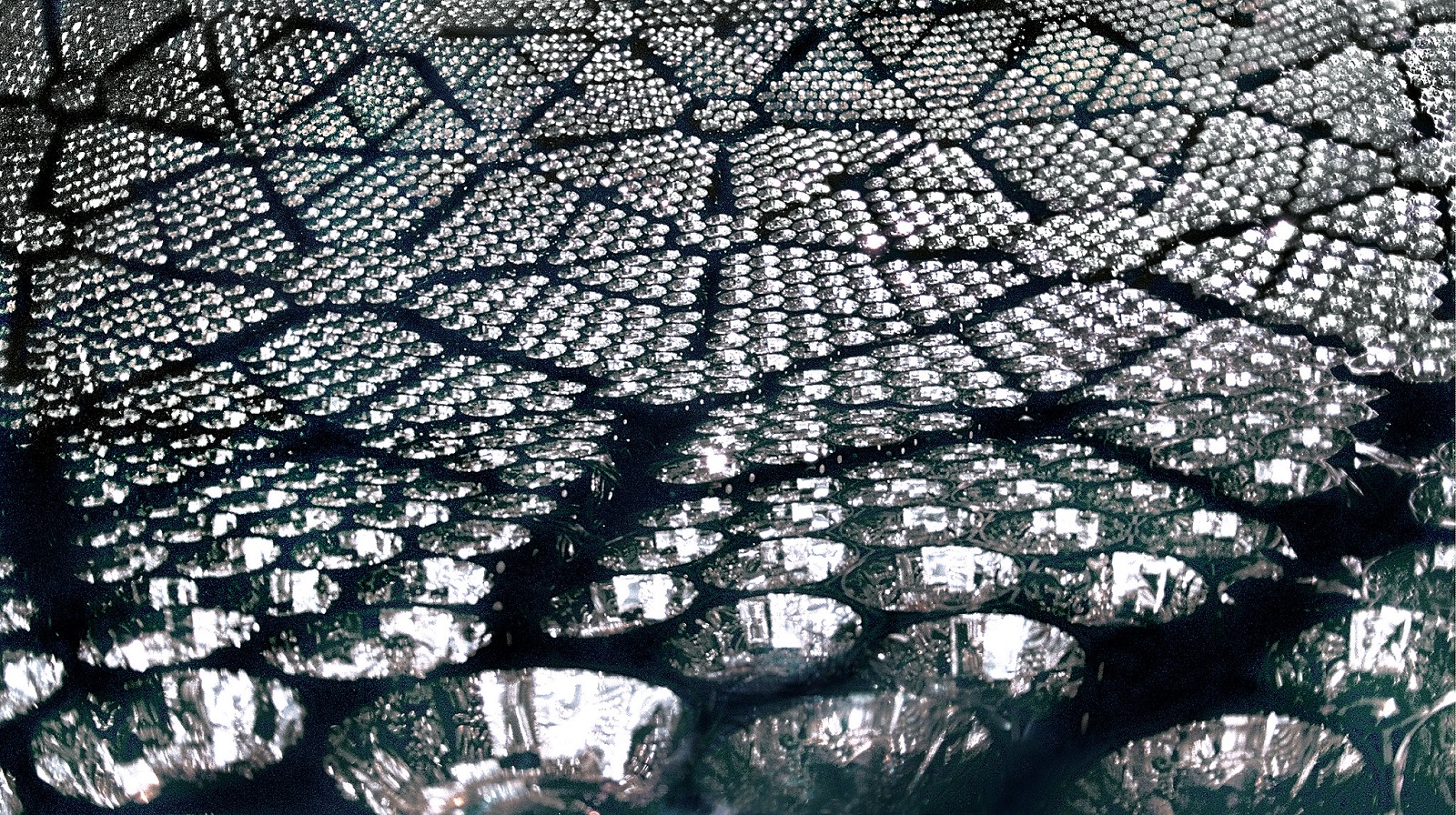Although hydrogen has the potential to become a more environmentally friendly alternative to conventional fuels, it has a significant drawback. Up to 95 percent of the hydrogen used today is produced with the participation of natural gas. This, in turn, leads to a scenario in which carbon dioxide is emitted. Therefore, more ecological methods are needed to obtain it.
Read also: This installation provides hot water. Saves thousands of zlotys a year
The more hydrogen is used in several ways. In addition to driving vehicles, it can also be used to heat homes or produce electricity. The Swiss engineers responsible for the project are now able to extract about half a kilogram of hydrogen in 8 hours. This equates to just over 2 kilowatts of equivalent power output.
It may not be the amount that will knock you off your feet, but that’s not what matters in this case. The most important fact is that thanks to solar hydrogen synthesis it is possible to use solar energy to split water into hydrogen and oxygen. The proposed system consists of a photoelectric device and an electrolyzer. The first absorbs sunlight and generates electricity that drives the electrolysis of water. Thanks to the combination of these two elements, the final cost of building the whole machine can be reduced.
To date, similar systems have been created only in laboratory conditions, and their power output did not exceed 100 watts. That is why the Swiss scientists decided to take it to the next level. But they knew it wasn’t going to be easy, just because of the need to balance performance, stability and operating costs, and to maximize production rates.
The Swiss-designed solar hydrogen plant can produce half a kilogram of hydrogen in eight hours
How does the Swiss prototype work? We can learn this from the post in nature energy. The solar radiation is concentrated on a small point where the solar cell unit is located, which is highly efficient in terms of converting sunlight into electricity. At the same time, these units are too expensive to use in devices with a large surface area.
The project authors built a 7-meter-wide solar antenna and covered it with mirrors that focused solar radiation to a level about 1,000 times greater than the natural output of the sun. The dish tracks the sun for 6 to 8 hours, and the energy produced by the unit drives a membrane electrolyzer with a polymer electrolyte.
Read also: Russian atom holds the world in its hands. Poland too
Some of the solar energy is converted into electricity, while the rest comes in the form of waste heat. It can be used to heat rooms, hot water, or drive industrial processes. As the authors admit, one of the biggest challenges they have faced over the past two years has been accurately managing the flow of water through the system. In this way, they wanted to maximize heat use and increase efficiency. As part of further efforts, they would like to expand the scope of their project, thanks to which these devices can be used in everyday life.

Echo Richards embodies a personality that is a delightful contradiction: a humble musicaholic who never brags about her expansive knowledge of both classic and contemporary tunes. Infuriatingly modest, one would never know from a mere conversation how deeply entrenched she is in the world of music. This passion seamlessly translates into her problem-solving skills, with Echo often drawing inspiration from melodies and rhythms. A voracious reader, she dives deep into literature, using stories to influence her own hardcore writing. Her spirited advocacy for alcohol isn’t about mere indulgence, but about celebrating life’s poignant moments.




![Matura 2022: Leaks from Budelassi. Everything is on Twitter and the Internet. “This time of year is coming…”. You can’t miss it before the final exams! [3 maja 2022] Matura 2022: Leaks from Budelassi. Everything is on Twitter and the Internet. “This time of year is coming…”. You can’t miss it before the final exams! [3 maja 2022]](https://www.moviesonline.ca/wp-content/uploads/2022/05/1651536195_Matura-2022-Leaks-from-Budelassi-Everything-is-on-Twitter-and.jpg)





